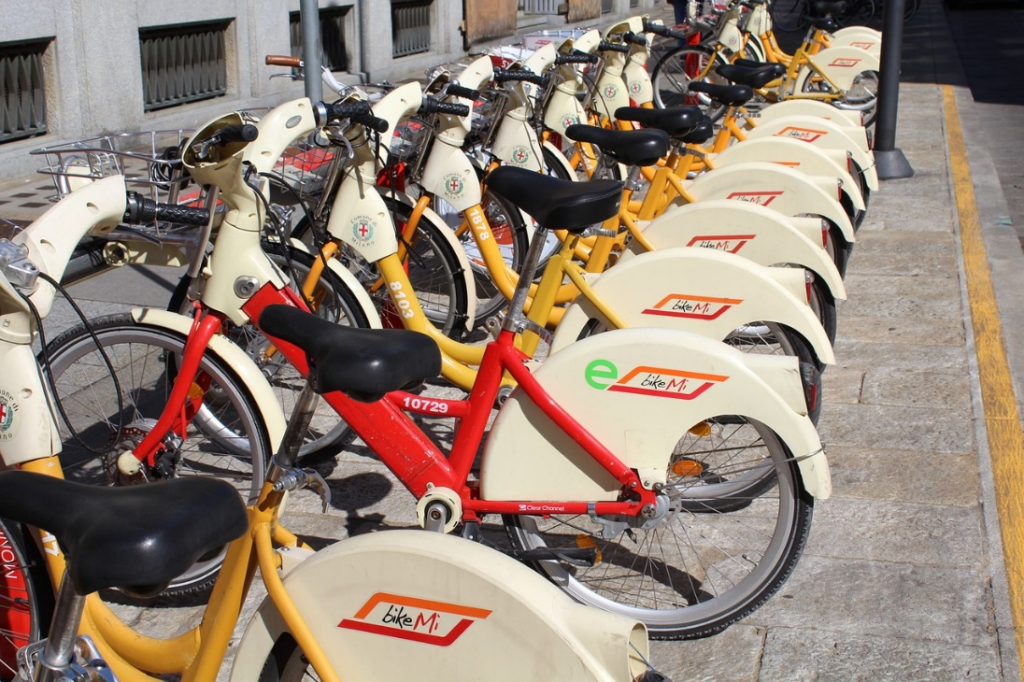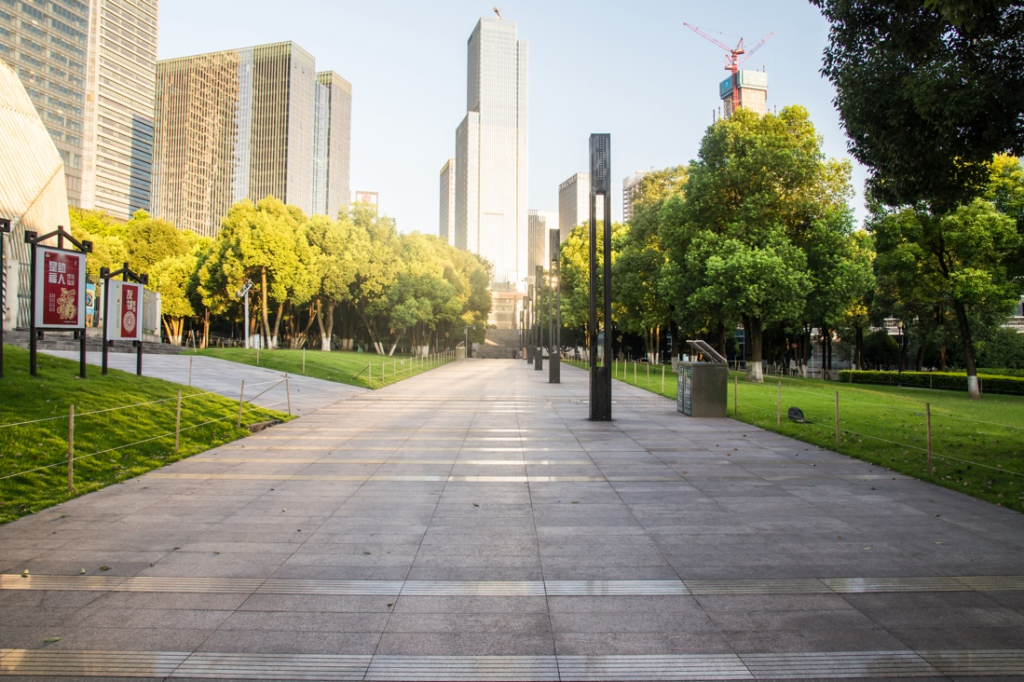City Know-hows

Loneliness impacts hugely on our lives and there is appetite for solutions. Spending time in a place, bumping into one another could be one of them. Can we reframe how we think about spending time in a place? And should we?
Share
Target audience
Built environment professionals, those working in health policy, and communities
The problem
Loneliness and isolation have huge impacts on health and social outcomes. A lack of connection can both cause problems and worsen them. Cities should be a place where individuals feel connected due to the proximity and volume of people, but this is often not the case. Loneliness is a global issue that has been highlighted by the World Health Organisation, city leaders, and many others.
What we did and why
Researching feelings of loneliness and connection in cities led me to the concept of bumping places; places where people can bump into one another. Through conversations with communities, individuals, policy makers, politicians, and other impact-makers in cities, it was clear that people are looking for solutions to the loneliness and isolation people are feeling. I then researched the idea of bumping places and spending time in a place in order to put forward a potential solution.
Our study’s contribution
This study provides an introduction to a potential solution to tackling loneliness in cities. It invites a range of people who live and work in cities to engage with creating stronger social connections and support networks through mundane and casual moments with others. I also invite readers to reframe how they think about spending time in their cities and how this change of perspective can create opportunities to build connection with others.
Impacts for city policy and practice
The paper provides an opportunity to adapt policy and practice surrounding the everyday aspects of the city to create more accessible, welcoming, and safe spaces where people have opportunity to spend time and interact with others. I suggest that this would be impactful across disciplines, strengthening resilience of the population; creating happier and healthier cities.
Further information
Full research article:
Related posts

Shared mobility hubs that offer (electric) bikes and cars can be a sustainable solution that enables people to expand their mobility options while protecting cities’ environment by reducing private car use and encouraging cycling. We interviewed residents of a deprived neighbourhood in Utrecht, the Netherlands, to understand their mobility needs and views on a recently implemented shared mobility hub in their neighbourhood, identifying potential obstacles in the process.

Discover how our innovative audit tool transforms urban parks into activity-friendly spaces. Designed specifically for dense city areas, this tool helps decision-makers enhance park features, promoting healthier and more active communities.

New research explores if and how mosquito-borne diseases are considered in city resilience, and provides recommendations on how cities can integrate mosquito-borne disease prevention and control into their resilience approach.